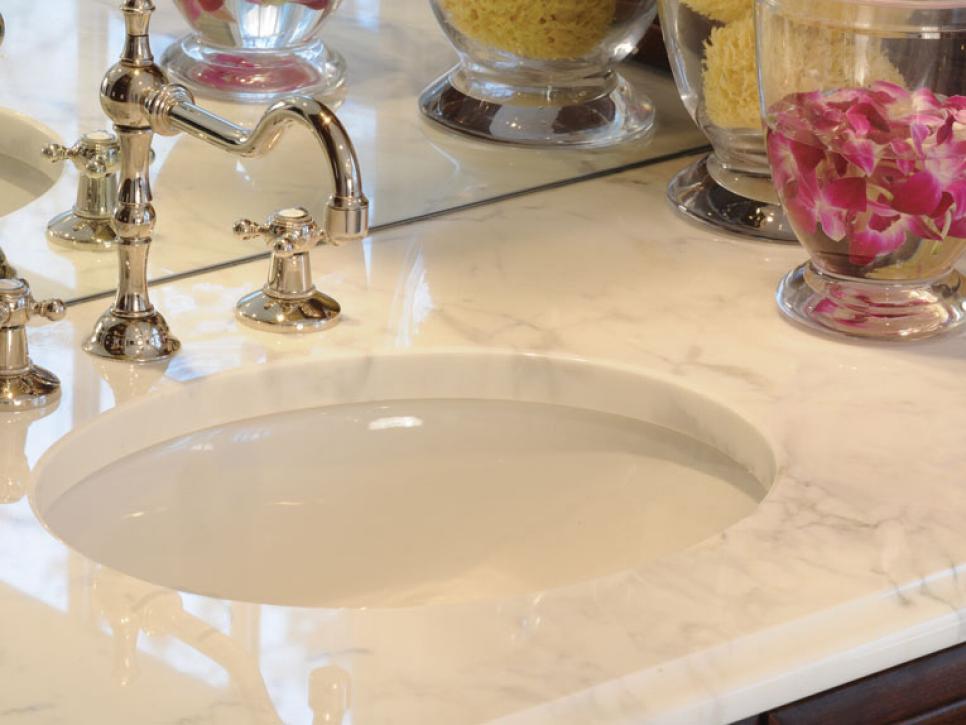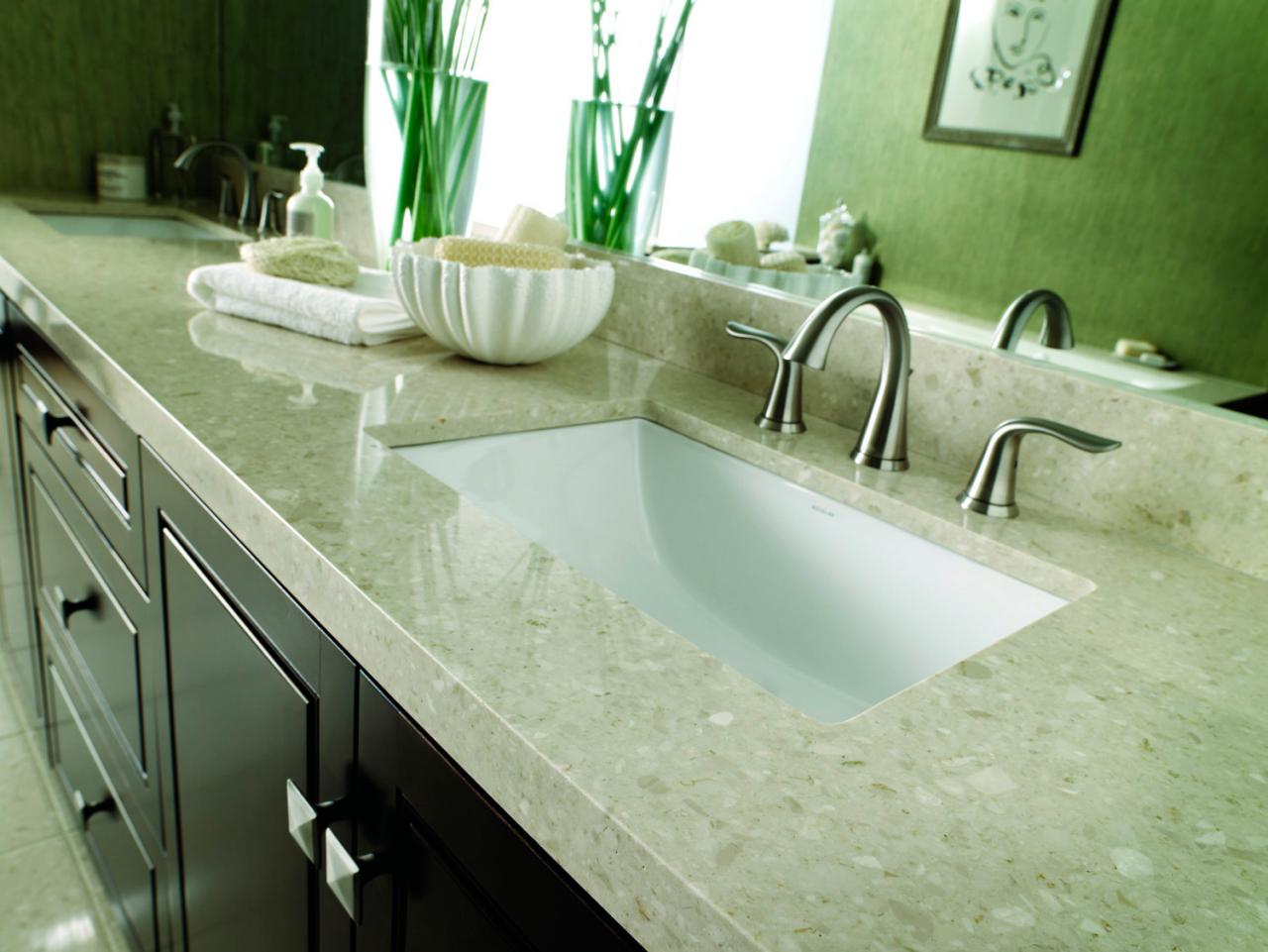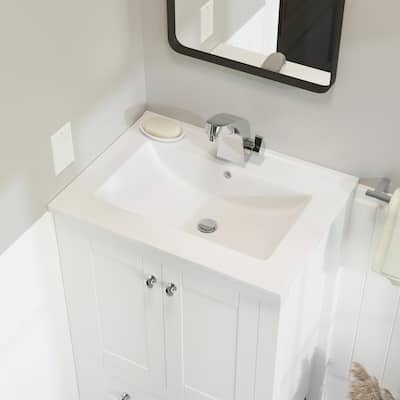Ceramic bathroom countertops are an elegant and versatile choice for any bathroom renovation project. They provide a unique combination of style, durability, and cost-effectiveness, making them a popular option for DIYers and homeowners alike. When I first explored ceramic countertops, I was drawn to their wide range of design possibilities. Ceramic tiles come in various colors, patterns, and finishes, allowing you to create a countertop that reflects your style. Whether you prefer sleek, modern aesthetics or something more rustic, ceramic tiles can be adapted to suit any design theme. Plus, they are relatively easy to install, even for someone with minimal DIY experience.
One of the biggest benefits of ceramic bathroom countertops is their durability. Ceramic tiles are incredibly tough and can withstand daily wear and tear without showing signs of damage. This is especially important in a bathroom setting where countertops are exposed to moisture, cleaning products, and constant use. I’ve found that ceramic tiles hold up well to the challenges of a busy bathroom, resisting scratches, stains, and water damage. They are also heat-resistant, which means you don’t have to worry about placing hot styling tools on the surface.
Ceramic countertops are also very low maintenance, which is a major advantage in a bathroom where constant cleaning is often necessary. Unlike porous materials such as natural stone or wood, ceramic tiles do not require regular sealing or special cleaners. A simple wipe-down with a damp cloth and mild detergent is usually all that’s needed to keep the tiles looking fresh and clean. I’ve personally found this to be one of the most appealing aspects of ceramic countertops, as they require far less upkeep compared to other materials.
Another advantage of ceramic bathroom countertops is their affordability. Ceramic tiles are generally less expensive than materials like granite, marble, or quartz. This makes them an excellent choice for those on a budget who still want a stylish and functional countertop. In addition to the cost of the tiles themselves, installation can be done at a lower cost, especially if you opt for a DIY approach. I remember being pleasantly surprised by how much I was able to save by choosing ceramic tiles over other more expensive materials.

One of the more creative aspects of working with ceramic tiles is the ability to customize the design. When I installed ceramic countertops in my bathroom, I enjoyed experimenting with different tile layouts and patterns. Whether you want to create a simple grid pattern, a mosaic, or even a herringbone design, ceramic tiles offer endless possibilities. You can mix and match different colors or textures to create a truly unique look. Adding decorative tiles or borders can also enhance the overall aesthetic, giving your countertop a personal touch.
When it comes to the installation process, ceramic tiles can be fairly straightforward to work with. I recommend starting with a clean, level surface, as this will make the tiling process much smoother. Before laying the tiles, it’s essential to plan out your design, making sure to account for any fixtures like sinks or faucets. Using tile spacers can help ensure that your tiles are evenly spaced and aligned. Once the tiles are laid, grouting the gaps is the next step. I always find that applying the grout carefully and wiping off any excess with a damp sponge ensures a clean, professional finish.
One important consideration when working with ceramic tiles is the type of adhesive used. For bathroom countertops, I suggest using a waterproof adhesive to prevent moisture from seeping under the tiles, which can cause damage over time. I’ve made the mistake in the past of using the wrong adhesive, and it led to some minor issues with tile lifting. Since then, I always make sure to choose the right products for the environment I’m working in.

While ceramic tiles are durable and water-resistant, the grout between them can be more vulnerable to moisture and stains. To prevent this, I recommend sealing the grout after installation. Sealing the grout will help protect it from mold, mildew, and discoloration. In my experience, this step is often overlooked but is crucial for keeping your bathroom countertop looking pristine for years to come. I make it a habit to reseal the grout every year or so, especially in high-moisture areas like around the sink.
Another tip I’ve learned through experience is to avoid using harsh chemicals when cleaning ceramic countertops. While the tiles themselves are durable, certain cleaners can erode the grout or damage the finish on decorative tiles. I typically stick to gentle, non-abrasive cleaners and soft cloths to prevent any unintended damage. If stubborn stains appear, a mixture of baking soda and water works wonders without being too harsh.
Ceramic tiles are not only functional but also eco-friendly. Many manufacturers offer ceramic tiles made from recycled materials, which is a great option for those looking to reduce their environmental impact. In addition, ceramic tiles have a long lifespan, which reduces the need for frequent replacements and further contributes to sustainability. I feel good knowing that my ceramic bathroom countertops are not only beautiful and durable but also a more environmentally conscious choice compared to some other materials.

Despite all the benefits of ceramic tiles, there are a few potential drawbacks to consider. One issue I’ve encountered is that ceramic tiles can sometimes feel cold to the touch, especially in cooler climates. While this isn’t a major problem, it’s something to be aware of if you live in a colder area. Additionally, the hardness of ceramic tiles means they can be unforgiving if you drop something on them. I’ve had a few dropped items shatter upon impact, but this is a small trade-off for the durability and aesthetic appeal of the material.
Another potential concern is that ceramic tiles can chip or crack if they are subjected to heavy impact. While this isn’t common with everyday use, it’s something to keep in mind if you have children or are prone to accidents in the bathroom. I recommend keeping a few extra tiles on hand in case any replacements are needed down the road. Replacing a single tile is a relatively simple process and can save you from having to redo the entire countertop.
Over the years, I’ve found that ceramic bathroom countertops offer a great balance of style, functionality, and affordability. They provide a timeless look that can complement a wide range of bathroom designs, from modern to traditional. The ability to customize the layout and pattern allows for a high level of personalization, and the durability of ceramic tiles means that your countertop will stand up to the daily demands of a busy bathroom. Whether you’re looking for a budget-friendly renovation option or simply want to try your hand at a DIY project, ceramic tiles are a fantastic choice for bathroom countertops.

Common Mistakes to Avoid
Using the Wrong Adhesive: Failing to use waterproof adhesive can lead to moisture seeping under the tiles, causing them to lift or become damaged over time. Always ensure you’re using a product designed for high-moisture areas.
Not Sealing Grout: One of the most common mistakes is neglecting to seal the grout. Unsealed grout is vulnerable to mold, mildew, and staining, especially in a bathroom. Sealing the grout after installation is essential for long-term durability.
Skipping Grout Maintenance: Over time, grout can crack or become discolored. Ignoring routine maintenance like resealing or re-grouting can lead to more significant issues, including water damage and mold growth.
Improper Tile Placement: Not planning out the tile placement properly can lead to uneven lines or gaps between tiles. Take time to measure and use spacers to ensure an even and professional look.
Using Abrasive Cleaners: Harsh or abrasive cleaners can damage the finish of your tiles or erode the grout. Stick to gentle, non-abrasive cleaners to maintain the countertop’s appearance and integrity.
Ignoring Temperature Sensitivity: Ceramic tiles can feel cold to the touch, particularly in cooler climates. While this isn’t always avoidable, it’s something to consider when deciding if ceramic is the right material for your bathroom.

Are ceramic countertops suitable for a bathroom environment?
Yes, ceramic countertops are an excellent choice for bathrooms due to their water resistance, durability, and ease of maintenance. The tiles can withstand high moisture levels without becoming damaged, and they’re resistant to stains, scratches, and heat. With proper grout sealing, ceramic countertops can last for many years with minimal upkeep.
How do I maintain ceramic bathroom countertops?
Maintaining ceramic countertops is relatively easy. Regular cleaning with a damp cloth and mild detergent is usually enough to keep the tiles looking new. I recommend avoiding harsh or abrasive cleaners, as they can damage the grout or finish of decorative tiles. Additionally, sealing the grout after installation and resealing it annually will protect it from moisture and discoloration.
What should I do if a ceramic tile cracks or chips?
If a tile cracks or chips, the good news is that it’s relatively easy to replace a single tile without redoing the entire countertop. Carefully remove the damaged tile, clean the area, apply new adhesive, and place a replacement tile. Make sure to re-grout the edges to match the surrounding tiles. Keeping extra tiles from your initial installation can make this process much simpler.

Is it difficult to install ceramic bathroom countertops yourself?
Installing ceramic bathroom countertops can be a manageable DIY project with the right tools and preparation. It’s essential to start with a clean, level surface and plan out your tile placement carefully. Using tile spacers and a waterproof adhesive will help ensure the tiles are properly aligned and secure. The grouting process requires patience, but overall, ceramic countertops are a good option for DIY installation.
Do ceramic tiles need regular maintenance in a bathroom setting?
While ceramic tiles themselves are low-maintenance, the grout between them may need more attention. Sealing the grout after installation is a crucial step to protect it from moisture and stains. I recommend resealing the grout every year, particularly in high-moisture areas, to prevent mold and mildew buildup. Aside from that, routine cleaning with gentle products should be sufficient to maintain the tiles.
Can ceramic countertops work with any bathroom design?
Yes, ceramic tiles come in a wide variety of colors, patterns, and finishes, making them versatile enough to fit into virtually any bathroom design. Whether you prefer a modern, sleek look or a more traditional, rustic style, there’s a ceramic tile option that will work for your space. You can also get creative with tile patterns and layouts to further personalize your design.

Best Bathroom Countertops (Design Ideas) – Designing Idea

HanStone Quartz USA Quartz Bathroom Countertops: 9 Designs to

Related articles: